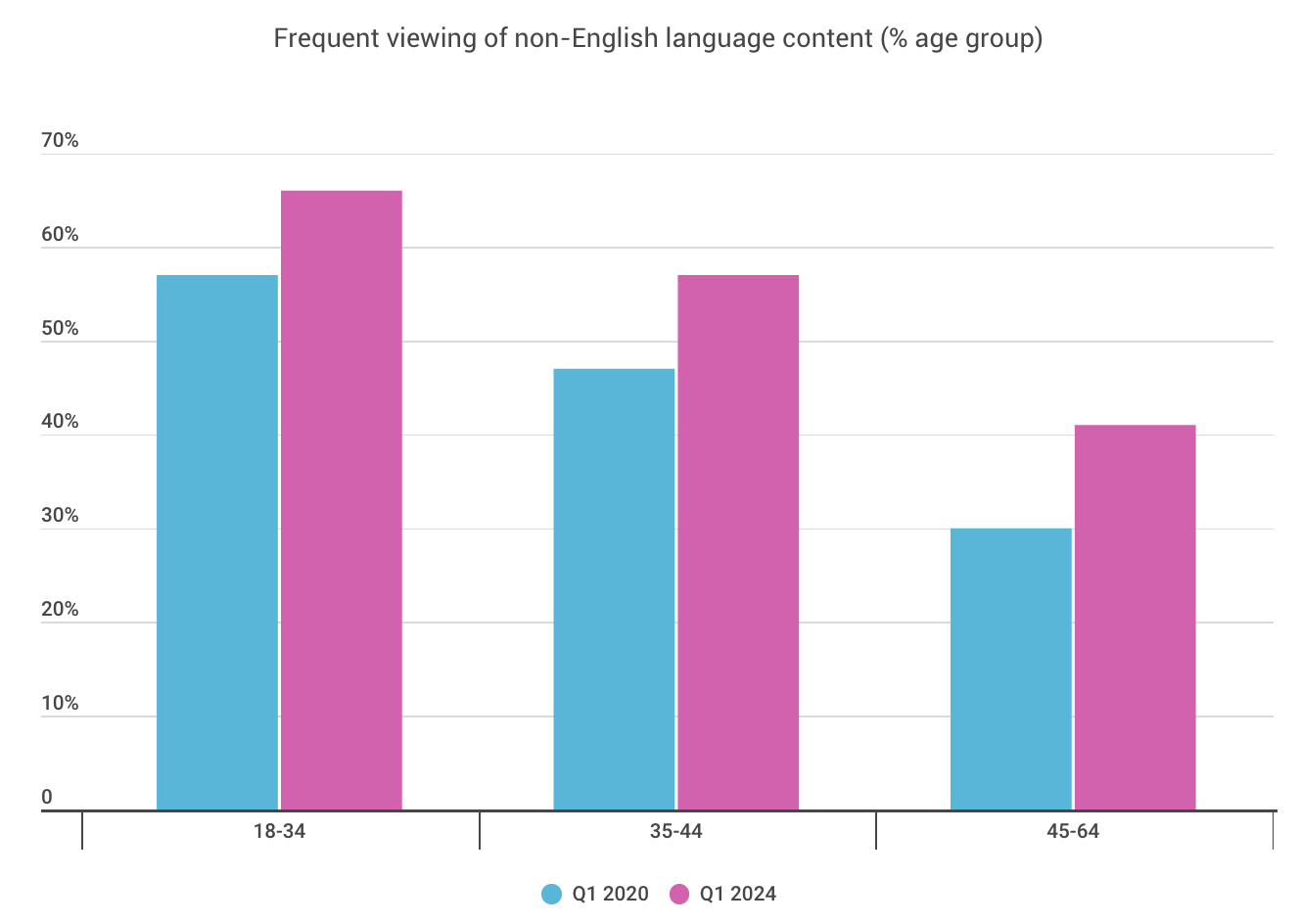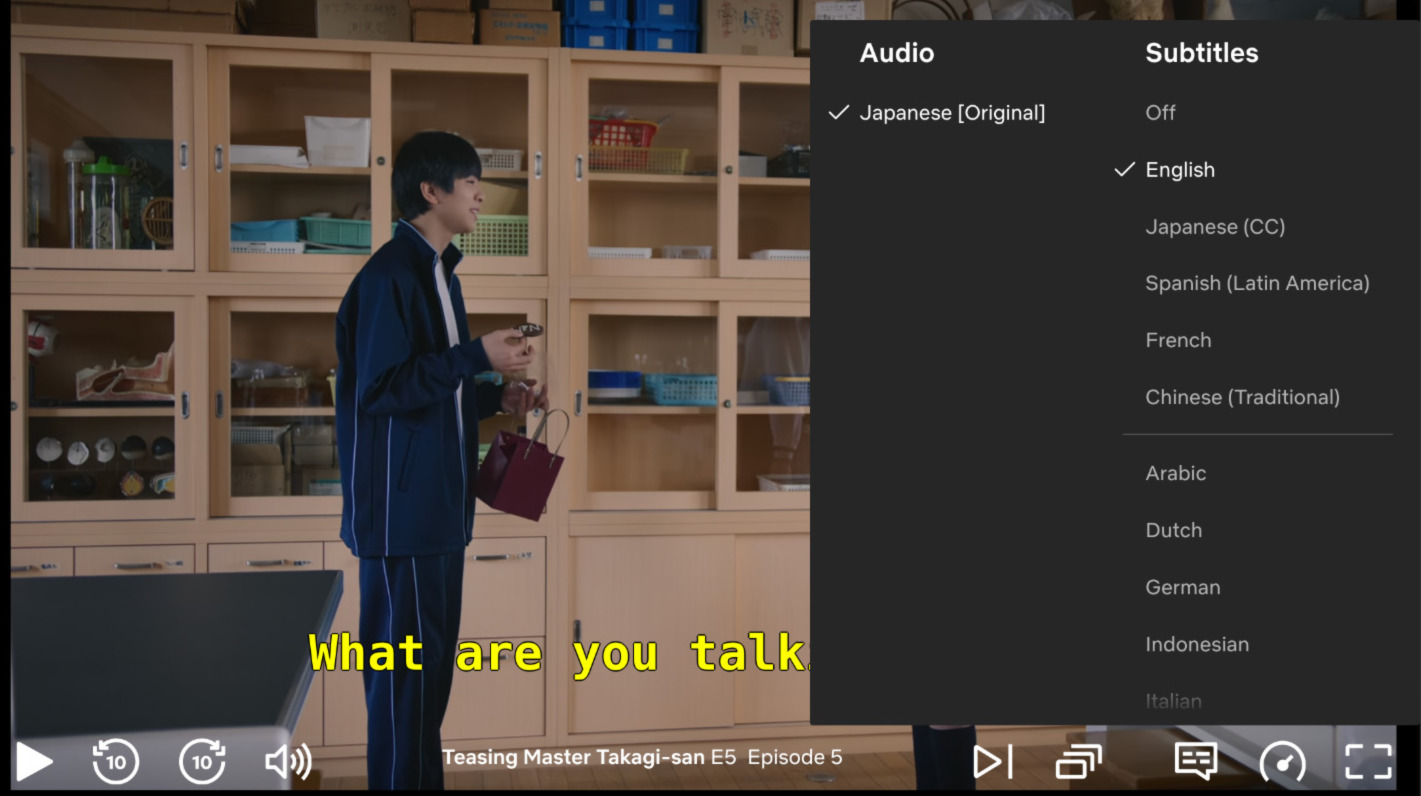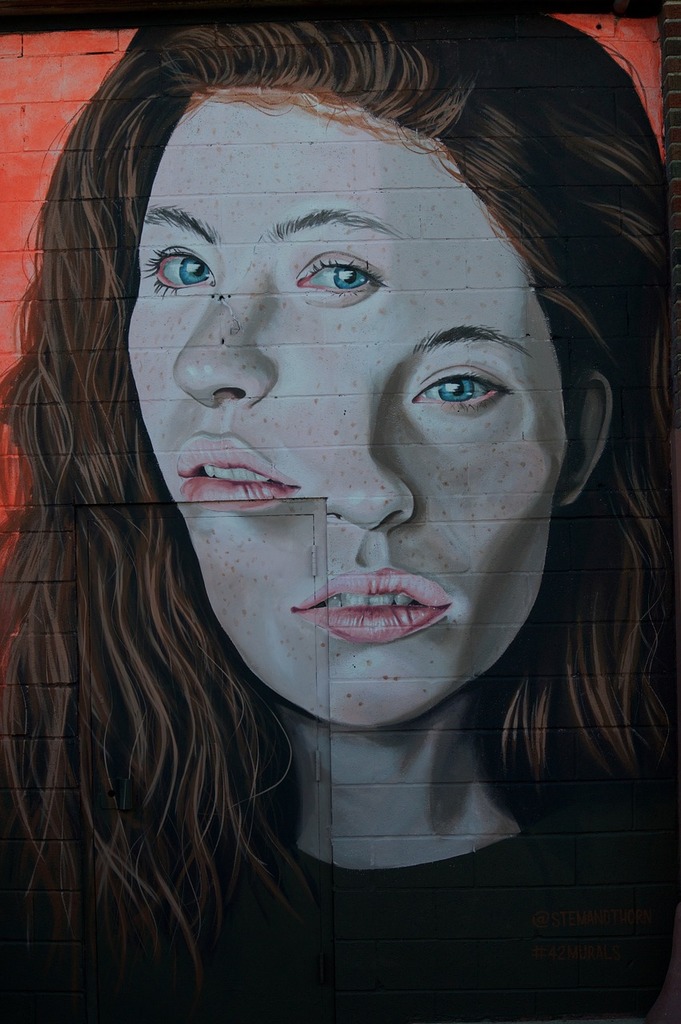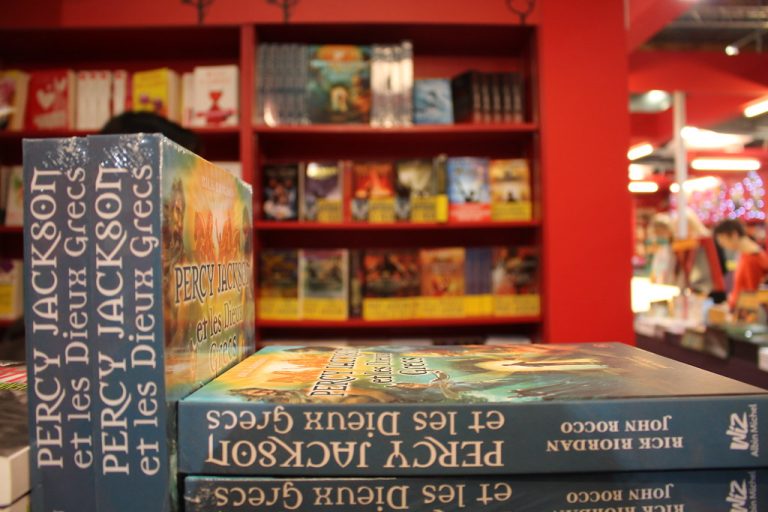How Your Favorite Netflix Series Was Translated Into English | Interview with Thomas Grathwol
What was the last Netflix series you watched? Was it in a foreign language? A recent study by Ampere Analysis found that more people are watching non-English content than ever before. In fact, 54% of streaming users in English-speaking countries now watch foreign shows either “sometimes” or “very often.”

This large viewership of international content is possible thanks to translators like Thomas Grathwol. He translates Japanese movies, series, and anime for platforms like Netflix, Hulu, and Disney+. In this article, Tom shares how he got into audiovisual translation, what it’s like to translate for Netflix, and how he navigates cultural and linguistic differences.
How and why did Tom become an audiovisual translator?
Tom Grathwol first got interested in Japanese when he was only 15. “They offered it at my high school, so I just did it for fun […] and never looked back,” he says. Tom ended up living in Japan for 12 years: first in Niigata and later in Tokyo. Originally a musician, he began translating casually by helping friends and other musicians in Japan to write lyrics.
Earlier this year, however, Tom decided to turn translation into his full-time career. “I always wanted to use [Japanese] in a professional way. I really like using my brain to switch between the two languages,” he reflects. He enjoys using his language skills not only to connect with people but also to learn about the culture through TV and film, which have always been his interests.

What does Tom need to consider when translating a Netflix series?
Translating for Netflix means following specific rules, including character limits, timing requirements, and line break standards. These requirements intend to make the viewing experience better for streaming users. Tom finds working within these guidelines both challenging and rewarding: “It really feels like a puzzle sometimes,” he shares.
One of his biggest challenges is working with time constraints. “[It’s hard to] fit an idea into a small amount of time while still conveying it in a smart and compelling way,” he explains. This requires a lot of creativity and problem-solving.

Tom particularly enjoys translating stories that have a fantastical element. However, one of his favorite projects has actually been Teasing Master Takagi-san, a slice-of-life live-action series that stood out to him for its wholesome narrative. While translators don’t typically get to choose the project they work on, Tom takes on each one with the same level of dedication.
How does Tom handle cultural and linguistic differences in translation?
Translating cultural elements from Japanese to English is tricky. Japanese is full of phrases that carry meaning beyond the words themselves. For example, otsukaresama desu expresses appreciation for someone’s effort, and itadakimasu shows gratitude for a meal. Although these don’t have a direct English equivalent, Tom has found ways to make the meaning clear. “I’ve kind of built a new vocabulary in my head of go-to ways to translate [them],” he says.
Tom prefers keeping cultural references intact when possible, even if that means viewers need to learn something new. “I think it’s not only fun for the audience, but you’re watching content from another country, so it’s fair to keep some of that true to the original,” he explains. Still, there are times when he needs to adapt or replace cultural elements. “If a character says a metaphor about something nobody in the West would understand, you have to find a different way to express it,” he clarifies.
Another challenge Tom faces is how differently Japanese and English convey emotions in conversation. Japanese people often use short sounds like mm or un to show agreement or acknowledgment. In English, these sounds can have different flavors depending on their translation. “It’s easy to just write ‘What?’ but sometimes that makes the character sound angry, and that’s not the right tone,” Tom explains. These small choices matter because they affect how viewers understand a character’s emotions and personality.

These days, people say that translation is a job AI will eventually replace. Tom explains that AI can be helpful for translators with tasks like terminology research, but translating culture (also known as localization) should be left to human specialists. It’s translators’ deep understanding of other ways of being that makes stories on Netflix resonate across different languages.
Curious about translated literature? Learn about its pros and cons.




